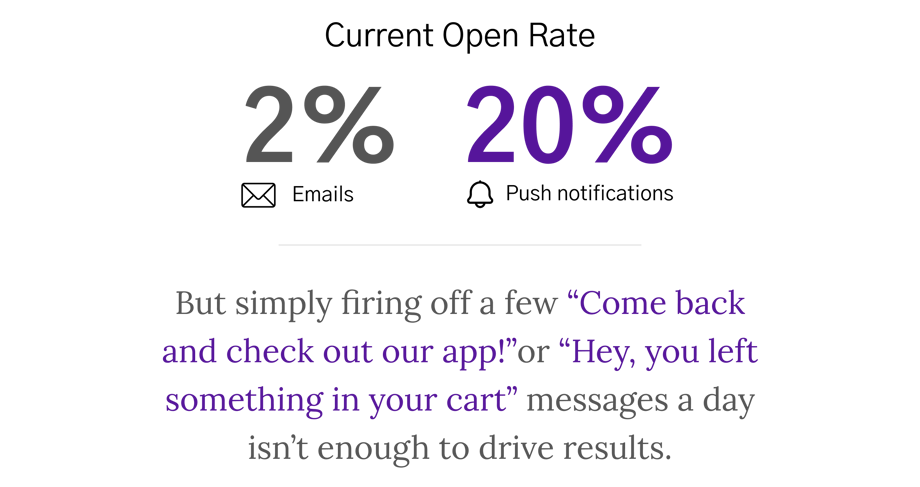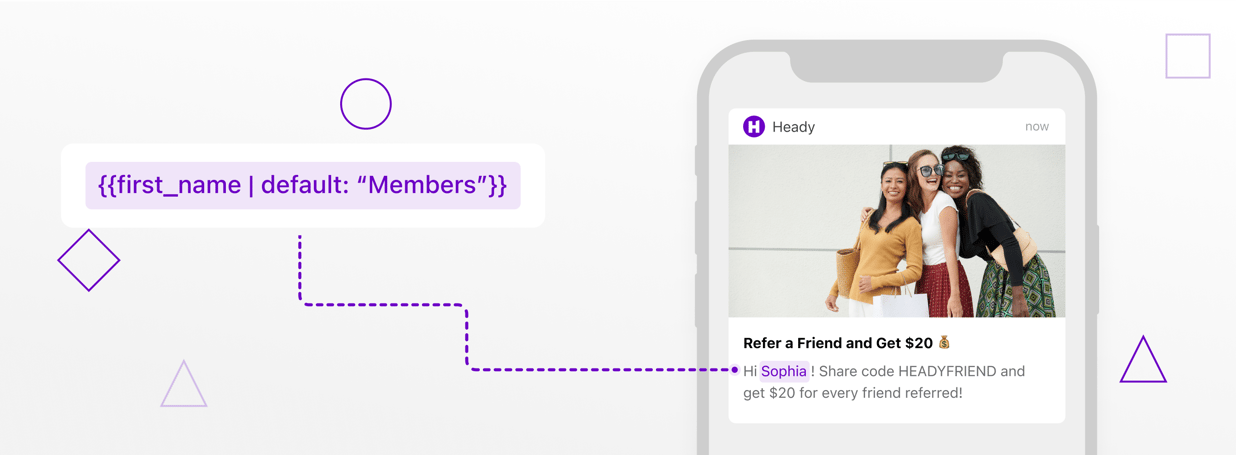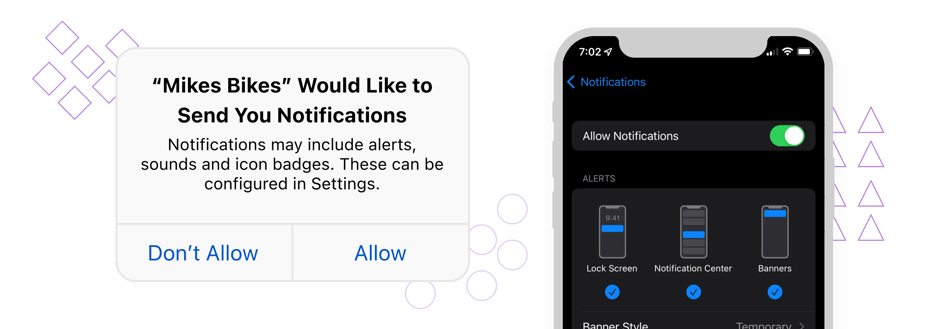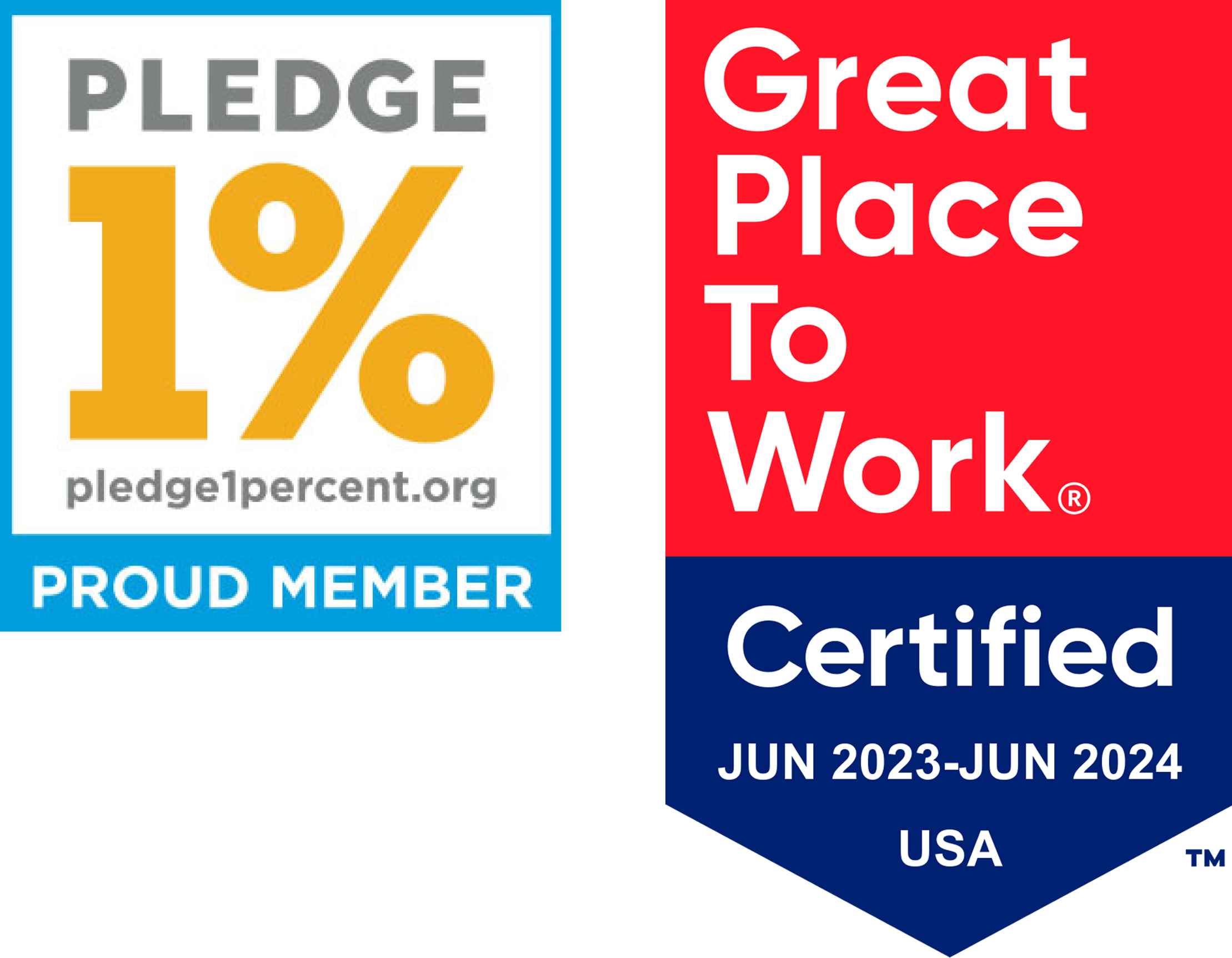NEW LAUNCH: Weill Cornell Medicine's Maya app is now available for Android!
NEW LAUNCH: Weill Cornell Medicine's Maya app is now available for Android!
.png?width=912&height=336&name=Cover%20(2).png)
.png?width=365&height=259&name=Cover%20(1).png)
So your company launched its mobile app. It’s an incredibly exciting moment for any brand — but while getting your app off the ground is a major milestone, from a customer journey standpoint, it’s just the starting line. Now, you’ve got to drive user engagement and loyalty by giving them compelling reasons to return to the app again and again.
It’s no secret that as smartphones tighten their grip on modern consumers, the effectiveness of more traditional marketing methods is waning. But the digital marketing landscape is in flux too, as email open rates on mobile are on the decline, 26 percent of consumers are using ad blockers on their desktops, and social media algorithms remain a constant guessing game.
As the top driver of app re-engagement, push notifications give brands an unrivaled opportunity to personalize and localize their messages all while getting them in front of more users than any other channel — all with a relatively low investment from both a time and money standpoint. While the average email open rate is less than 2% these days, push notifications boast an average open rate of 20% — and while of course it first requires getting users to opt in, typing out a push notification takes way fewer resources than writing and designing an entire promotional email.
Looking at the data, it’s clear that push notifications represent a vital area of focus for brands in 2022.

.png?width=360&height=310&name=Frame%20818%20(1).png)
As with any marketing mechanism, making push notifications work for you requires thoughtfully strategizing how to most effectively work them into your customer journey.
Here are four things to keep in mind when it comes to leveraging push notifications to build a compelling customer journey for your mobile app.
While push notifications can give user engagement and retention (and therefore revenue) a major boost, they’re not a standalone solution. Rather, they should be just one part of a cross-channel messaging strategy that takes into account the most critical milestones of your customer journey.
What are the most important milestones that you want users to achieve with your brand and within your app? For a clothing retailer, those milestones might include:

-1.png?width=398&height=1734&name=Frame%20119%20(1)-1.png)
Once you have a bird’s eye view of the customer journey, it’s time to craft the messaging that will help a user move from one phase to the next. It’s important to take a user-focused view here and consider their timeline as well as your business goals. If a customer purchased a pair of jeans yesterday, today is too soon to remind them to leave a review. But if they filled their cart three days ago and a sale just began, it’s the perfect time to send a reminder that they can purchase the items they’ve been eyeing for 20 percent off.
By combining push notifications with other channels like email, brands can craft a seamless customer journey that keeps users engaged across all their devices — like sending a followup email 24 hours after a user downloads your app reminding them to onboard. Leading push notification software OneSignal has this functionality built in with its Journeys feature, which allows brands to craft multi-channel marketing strategies based on user behavior and product goals.
It bears repeating: Taking a user-focused view is essential when crafting a push notification messaging strategy. Aggressively blasting direct promotions to your entire user base may produce short-term results in the form of a quick revenue boost, but that will often be followed by a flood of users removing push permissions or deleting the app altogether.
To build out the kind of customer journey you want — that is, a long-term one — your app has to provide users with value that go beyond just promoting sales or sending abandoned cart reminders.
The kind of push notifications you send will vary widely depending on the products or services you sell, but here are some thought-starters on how you can deliver value to users with pushes:
.svg)
Keeping users informed of any important feature changes or updates will ensure a seamless experience and help them use your app more effectively — a win-win for everyone.
Offering discounts that are tailored to a user’s interests and/or buying history encourages repeat purchases, like a travel booking app offering 20% off hotels in a particular city after a user books a flight there.
Segmenting users based on their preferences, behaviors, and purchase history means you can share things they’ll care about. Spotify, for instance, recommends concerts taking place in a user’s local area based on their listening history.
Push notifications are another channel that can be used to promote your content marketing efforts, sharing entertaining or informative content that’s relevant to your customer journey.

.png?width=380&height=246&name=Personalization%20(1).png)
The personal nature of mobile devices means consumers are no longer content with being just another face in the crowd, which is why personalization is a crucial component for driving engagement and conversions. As consumers adjust to economic changes and inflationary pressures, brands must come up with new ways to incentivize them — like offering personalized discounts on things they actually want, when they’re most likely to want them.
While personalization can be as easy as addressing a user by their name, brands have a major opportunity to take advantage of the data they’ve gathered from app users and use it to customize their pushes through segmenting. According to Upland, 54 percent of users who open a push notification convert from segmented pushes, compared to just 15% who convert from bulk pushes. Segmenting users into groups based on their demographic, interests, behaviors, and purchases ensures you’ll reach the right users with the right message at the right time.
Push notifications should also be personalized based on where a user is in the customer journey. For example, after a user places an order, UberEats sends pushes that include their name and the restaurant they ordered in order to keep them informed on the status of their delivery.
Geotargeting is another effective way of personalizing pushes, like sending a message about an in-store sale when a user is close by, or promoting a special event in their area.
Personalization can also be a simple matter of positioning. Make sure your messaging is focused on the specific value prop for the user instead of your business or product goals. Consider the difference between “You left something in your cart. Come back and complete your purchase” and “An item on your wishlist is now on sale!” A quick refocus of your push wording can make a big difference in spurring users to take action.
Of course, if you’re pouring effort into a personalized and user-focused push notifications strategy, you want to make sure as many users are seeing them as possible. As concerns around mobile privacy grow and regulations like Apple’s ATT become the norm, seeking user permission is no longer optional.
On average, 81% of Android users and 51% of iOS users opt to keep push notifications enabled on their devices, according to Airship, but you can increase that number by giving users a compelling reason to opt in.

.png?width=380&height=237&name=Frame%20833%20(1).png)
(Note that iOS only allows their native push prompt to be shown to users once. If it’s denied, they’ll have to go into their phone settings to enable push notifications — so you’ll want to carefully consider when to prompt.) Instead of asking users to opt in to push notifications immediately after opening the app for the first time — before you’ve had a chance to build brand loyalty or demonstrate your app’s unique value prop for them — consider setting event criteria, such as launching a permission prompt that encourages them to opt in for discounts when they click into a product page.
While the standard iOS opt-in message isn’t customizable, you can create a pre-permission prompt or a splash screen to prep users with a compelling reason to grant those push permissions, like getting sale notifications or status updates on their order. By giving them a good reason to opt in, you’ll set the stage for a trusting relationship that you can build upon by delivering pushes that are tailored to their wants, needs, and behaviors — encouraging them to engage with your app again and again.
In 2022, formulating a successful cross-channel marketing strategy for brands with a mobile app presence means taking full advantage of push notifications. Boasting high open rates while coming in relatively low on the scale of both cost and effort, pushes can also be deployed rapidly, making them a potent player in your MarTech toolkit.
Ultimately, no matter how much you invest in marketing, your app will only succeed if it provides meaningful value to your users, so validating your app idea first is crucial. “If you build it, they will come” may not apply in the mobile app world — but using pushes to create personalized touchpoints along your customer journey can be a major driver of user reengagement, ensuring that all the hard work put into building an app pays off.
As a full-service digital product consultancy, building your mobile app is just the beginning for Heady. We support our clients through long-term partnerships, taking a bird’s eye view of their business to help them achieve their digital goals. If you’re ready to elevate your cross-channel marketing strategy, Heady can help you implement OneSignal to drive mobile app success with push notifications. Get in touch to learn more about our MarTech integrations.
Our emails are (almost) as cool as our digital products.
Your phone will break before our apps do.

© 2025, Heady LLC.